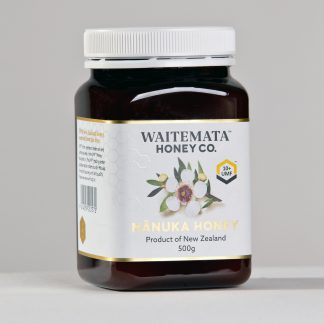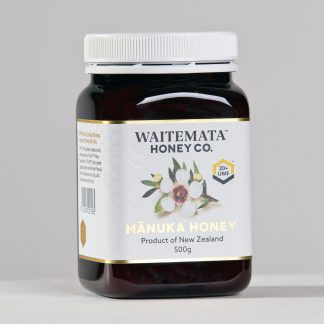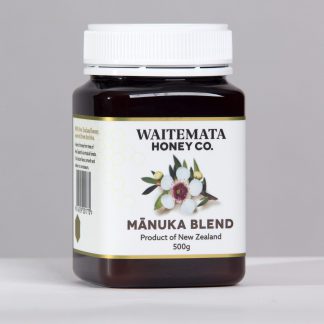New Zealand Honeys are Unique

New Zealand Honeys can be divided by both region and floral source.
New Zealands sharply differing regional climatescombined with the natural diversity of floral types ensure honeys are unique with subtle variations of flavour and aroma from region to region. Even New Zealand’s family favourite, clover honey is subtly different from region to region. More than 15 floral honey types are produced commercially. As well as these mono-floral varieties, bee keepers create interesting unique blends. This can be done by either placing hives in certain positions so that the honey bee combines nectars of different flowers or blending honeys in the honey house.
What is Honey?
Ancient cave drawings show that honey has been used for food by man for at least 20,000 years. To many people honey is just a sweet substance collected by bees. Honey is however a complex substance that varies appreciably in its composition.
Honey starts out as a very thin watery sugary fluid known as nectar. Nectar is found in the nectries of plants which are usually located in the base of the flowers.
Nectar varies considerably in its sugar, protein, mineral and water content from one kind of plant to another.
In a honey bee’s quest for a single load of honey, she ( yes the honey bee is a female) may visit anything from 500 to 1100 blossoms of a particular species of plant. In her lifetime the honey bee will fly approximately 800 kilometers and produce just 1/2 a teaspoon of honey; it takes approximately 2.5 million kilometers of flying by the bees in a hive to produce 1 litre of honey.
Inside the bee, the nectar is stored in a tiny compartment known as the honey sac. The sac is like a little plastic bag fitted with a one way valve. Stored enzymes and juices in the sac convert the sucrose (disaccharide) into more simple sugars (mono saccharides). It is upon this conversion that nectar becomes known as honey, consisting mainly of two simple sugars, glucose and fructose.
The ‘unripe’ honey, as the honey in the bee sacs is called, is then passed by the honey bee to a worker at the beehive. The ‘unripe’ honey is dried by the bees, exposing it as a thin film to the warm, dry currents in the hive. When no more than 18-20% of water content remains, the now ‘ripened’ honey is sealed in a cell with a wax cap, where it is left to mature and finish its ripening process.
At this stage it can be harvested by the beekeeper or eaten by the bee colony as food.






